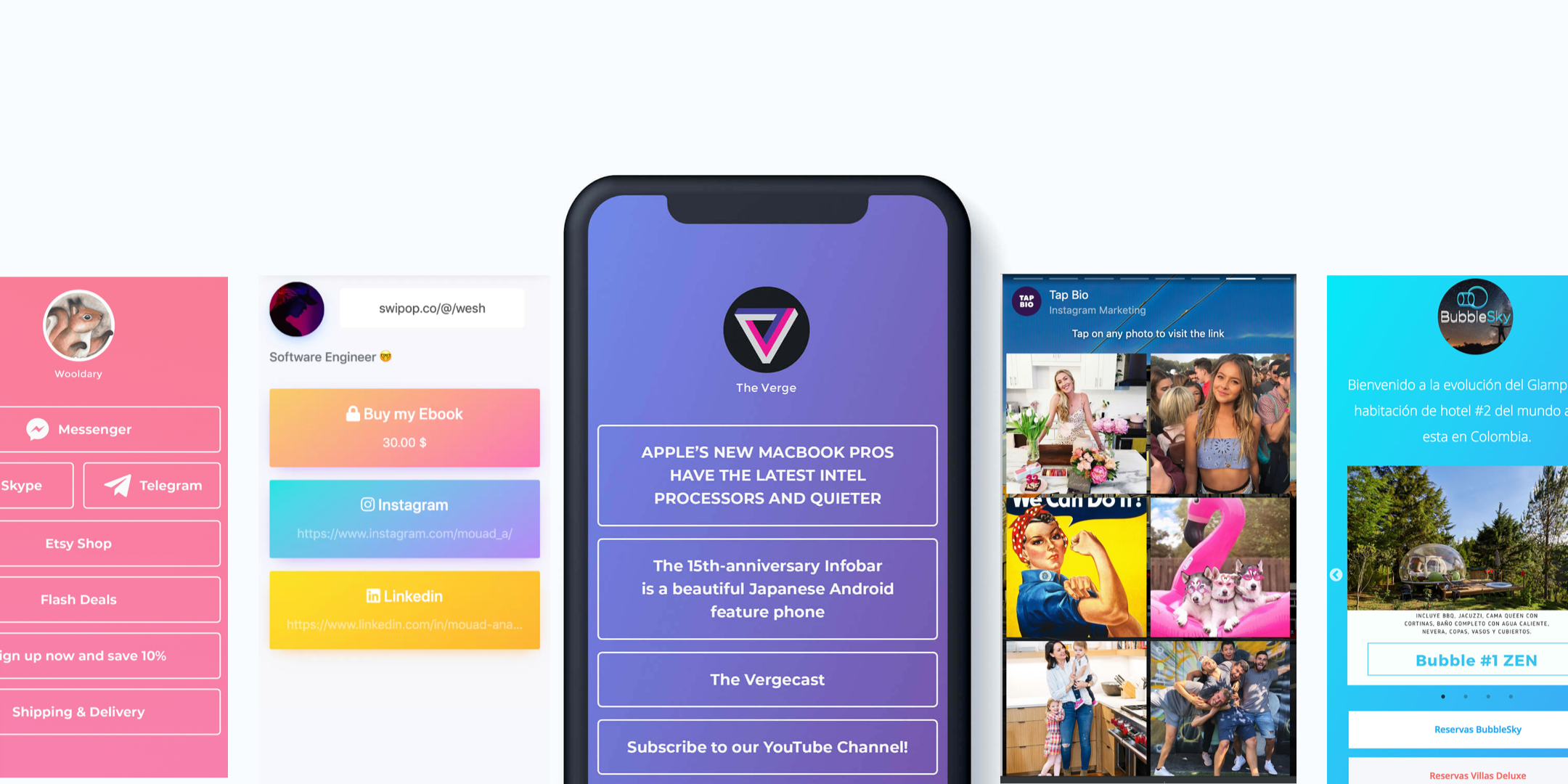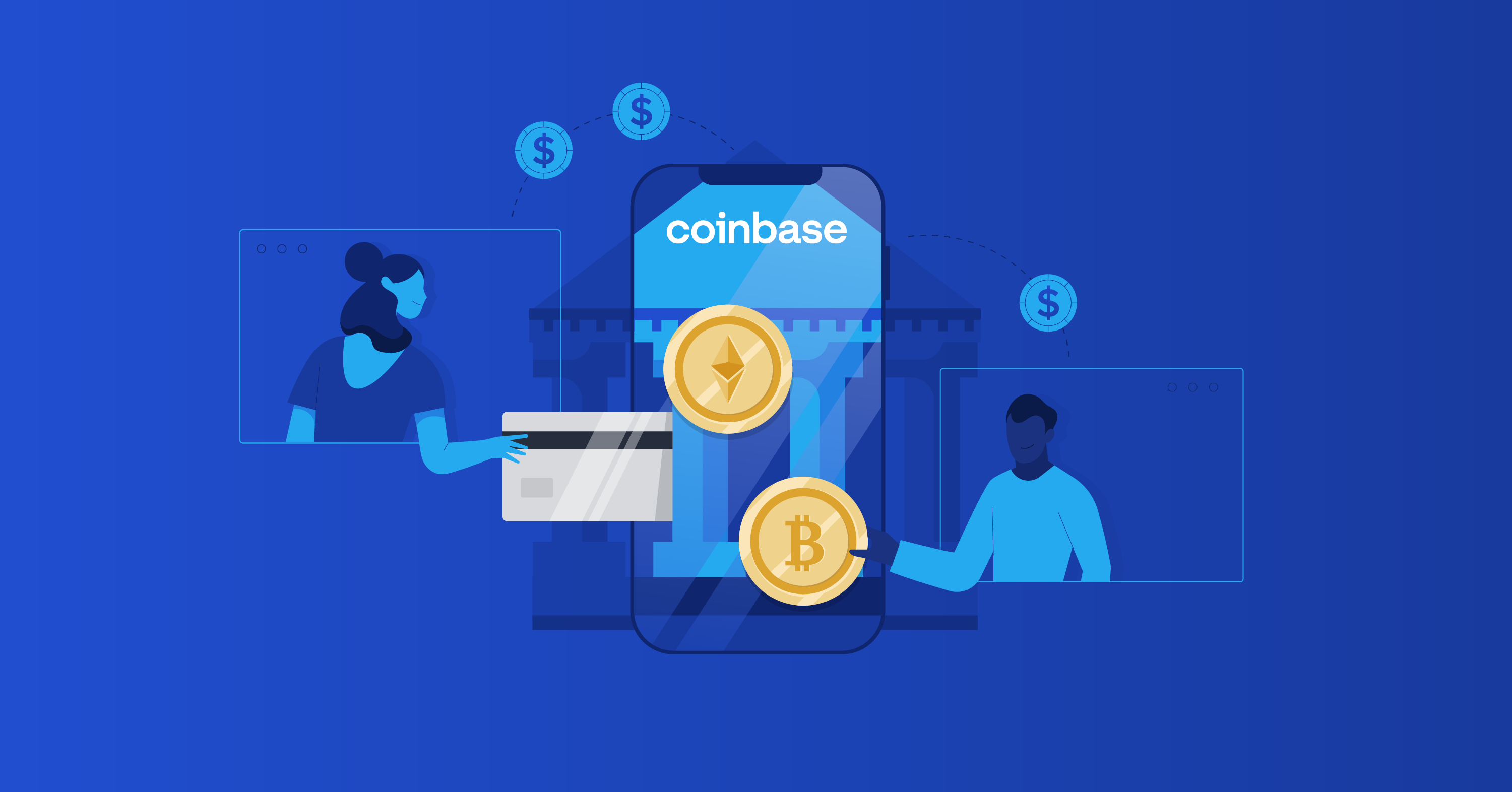
The world wide web, often simply referred to as the "web," is a vast network of interconnected documents and other resources linked by hyperlinks and URLs. It allows people to easily access and share information with each other across the globe.
The world wide web was first proposed by Tim Berners-Lee, a British computer scientist, in 1989. He saw the potential for a global network of information that could be easily accessed and shared by anyone with a computer and an internet connection.
The early web was a simple system consisting of just a few servers and documents. But it quickly grew in popularity, and by the mid-1990s, the web had become a widespread and indispensable tool for sharing information and conducting business.
Today, the web is an integral part of our daily lives. It allows us to easily access and share information, connect with others, and conduct business. It has also given rise to a new economy based on online commerce and the exchange of digital goods and services.
The web comprises billions of individual documents, known as "web pages," which are connected by hyperlinks. These links allow users to easily navigate from one page to another, making it possible to access a vast amount of information with just a few clicks of a mouse.
Web pages are typically written in a markup language called HTML, which uses a system of tags to define the structure and content of a page. This allows web browsers like Google Chrome or Mozilla Firefox to interpret and display the information on a web page.
The web is also home to a wide variety of web-based applications, or "apps," which allow users to do things like check their email, edit documents, and even play games, all within their web browser.
The world wide web has come a long way since its humble beginnings in 1989. It has transformed how we access and share information and has become an indispensable part of our daily lives.
Grab your own GoldenLink today and be part of the "World Wide Web"



